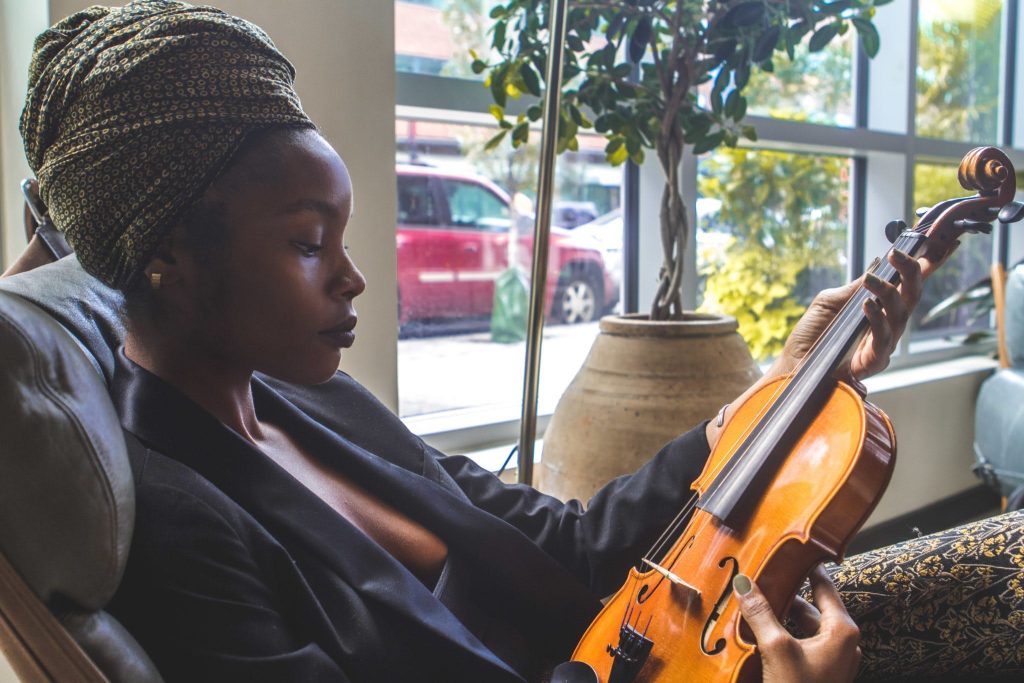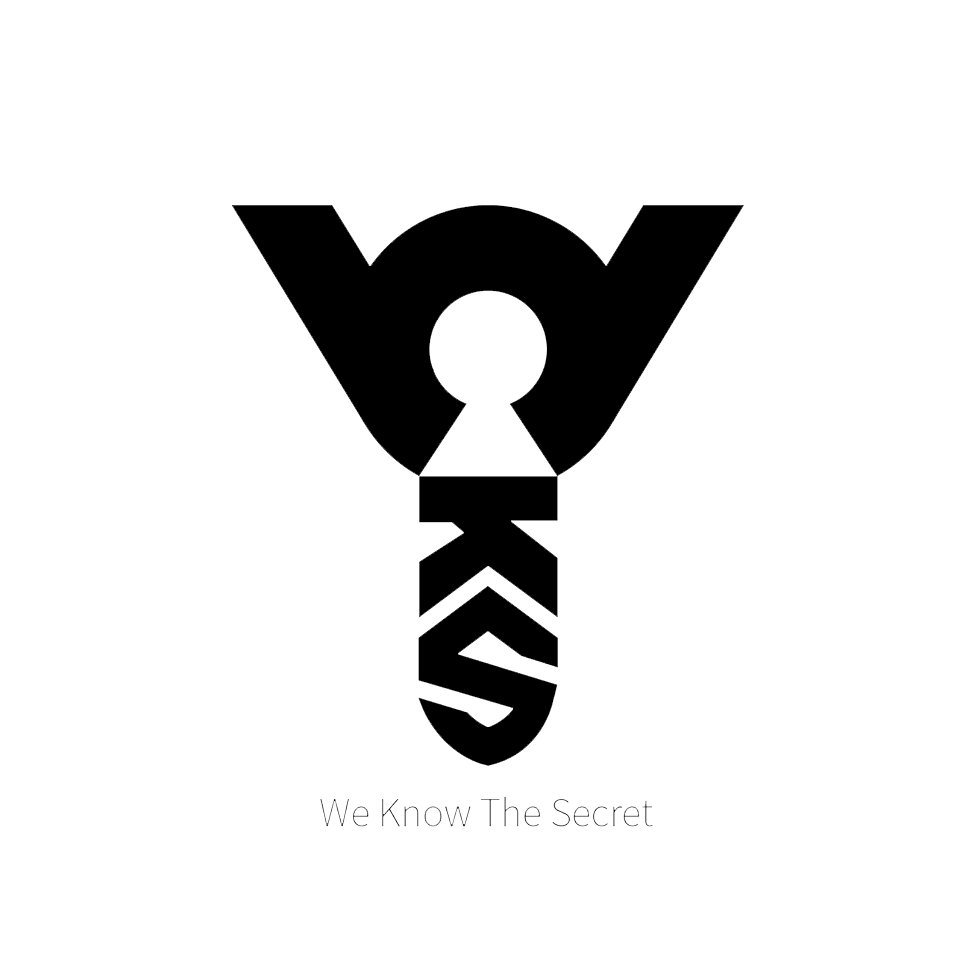
Partnerships and branding have become essential elements of effective music marketing strategies in the ever-changing music industry. Gone are the days when musicians primarily relied on album sales and live performances to make cash. To reach the greatest number of people, monetize their work, and build genuine relationships with their audience, artists and their teams now need to deliberately align themselves with companies and form partnerships. This article examines the value of collaborations and branding in music marketing and how these factors help musicians succeed in the contemporary music landscape.
- The Power of Branding in Music
- The Benefits of Brand Partnerships
- Creating Authentic Partnerships
- Leveraging Digital Platforms
An artist or band’s identity and image are greatly influenced by their branding. It entails developing a distinctive and identifiable brand that appeals to the intended market. Artists can differentiate themselves from the competition, gain a devoted following, and draw in big-time chances with the aid of a powerful brand. Every element of an artist’s brand, from clothing and social media presence to logos and album artwork, should be thoughtfully designed to convey their distinct message and style.
Additionally, branding goes beyond the individual artist. It encompasses the branding of their music releases, including promotional materials, music videos, and album covers. Fans are better able to connect with an artist’s music and persona when there is consistency in the branding across all touchpoints, which helps to create a seamless and memorable experience.
Artists are increasingly using brand relationships as a way to reach a wider audience, generate more income, and connect with new fans. Artists who work with brands can take advantage of their marketing resources and experience, as well as tap into the brand’s current customer base. In exchange, companies can improve their brand image and reach a younger audience by utilizing the artist’s reputation and influence.
Brand alliances can come in several shapes and sizes, such as sponsored content, product placements, endorsement agreements, and joint marketing initiatives. In addition to giving artists financial support, these alliances present chances for cross-promotion and creative cooperation. For instance, a clothing company and a musician may work together to develop a limited-edition merchandise line that would combine their fan groups and create buzz for the advantage of both.
Artists should prioritize authenticity and associate themselves with businesses that share their values and connect with their audience, even though brand relationships can be quite profitable. Being genuine is essential to retaining credibility and winning over fans’ trust. To make sure that a brand collaboration feels authentic and fits with their artistic vision, artists should carefully consider possible partners.
Genuine collaborations entail a deeper incorporation of the brand into the artist’s story, going beyond straightforward endorsements. This can be accomplished by working together on exclusive fan experiences, co-creating content, or taking part in charitable endeavors. When properly executed, these alliances can benefit the brand as well as the artist by raising awareness, sales, and fan involvement.
Artists can use a wide range of social media platforms and online platforms to interact with their fans and promote their music in the current digital era. Through these platforms, musicians may connect with fans, develop their brand, and get brand sponsorships. Through social media sites like Instagram, Twitter, and TikTok, musicians can communicate with their followers directly, offer behind-the-scenes content, and show off their personalities.
Furthermore, streaming services like Apple Music and Spotify give musicians access to important information about the listening preferences of their fans. Using this information, prospective brand partners who fit the artist’s fan base, genre, and demography can be found. To further strengthen their brand identity and increase fan interaction, artists can also use these channels to offer brand partnerships and unique content.

